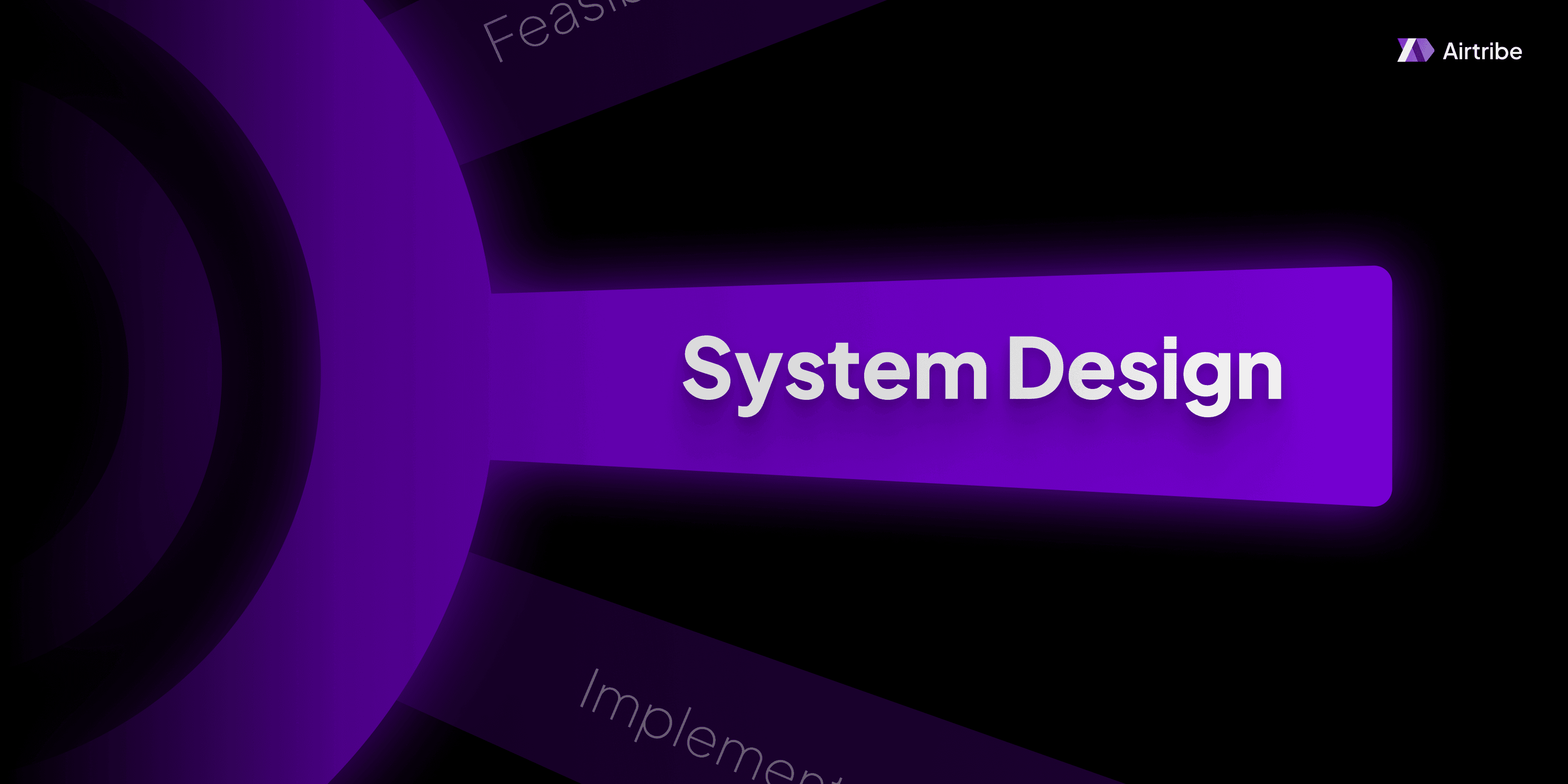Throughput vs. Latency

Understanding System Design Tradeoffs
When it comes to system design, two critical performance metrics often come into play: throughput and latency. These metrics play a crucial role in determining how effectively a system meets its performance requirements. However, optimizing for one can often mean compromising the other, leading to necessary tradeoffs. Understanding these metrics thoroughly is vital for making informed decisions in system design.
Core Concepts and Theory
What is Throughput?
Throughput refers to the amount of data processed by a system in a given amount of time. It is typically measured in requests per second (RPS) or operations per second (OPS). High throughput indicates a system can handle a large volume of work in a short period. In simpler terms, it is the rate at which a system completes tasks.
Importance of Throughput:
- Efficiency: High throughput systems are efficient and capable of handling significant loads.
- Scalability: Systems with higher throughput are often more scalable as they can accommodate more requests with minimal performance degradation.
What is Latency?
Latency refers to the time taken for a request to travel from the client to the server and back again. Measured in milliseconds (ms), it is the delay before a response begins following a request. It is essential to keep latency low to ensure a fast and responsive user experience.
Importance of Latency:
- User Experience: Low latency is critical for a seamless user experience, particularly in real-time applications like gaming or video calls.
- Responsiveness: Systems with low latency respond quickly to user inputs, making them feel more immediate and interactive.
Practical Applications
Balancing Throughput and Latency
In designing a system, achieving the right balance between throughput and latency is crucial. Different applications require different tradeoffs:
Batch Processing Systems: These systems often prioritize throughput over latency as they handle large volumes of data that do not need immediate processing.
Real-time Systems: Systems such as live streaming or online gaming prioritize low latency to ensure real-time user interaction.
Factors Influencing Design Choices
Several factors influence the decision to prioritize throughput or latency:
- Nature of Task: Understanding whether the application is more throughput-intensive or latency-sensitive is crucial.
- User Expectations: Application domains such as financial systems might prioritize low latency due to the critical nature of timely data.
- Infrastructure Constraints: Network capabilities, computational power, and storage can limit or enhance the ability to optimize either metric.
Code Implementation and Demonstrations
To better understand throughput and latency, consider a simple Python function that simulates these metrics in a distributed system:
import time
import threading
def worker(request_id, processing_time):
start_time = time.time()
time.sleep(processing_time) # Simulating processing time
end_time = time.time()
latency = end_time - start_time
print(f"Request {request_id} processed with latency: {latency:.4f} seconds")
# Simulating high throughput by handling multiple requests concurrently
thread_count = 10
processing_time_per_request = 0.5 # seconds
threads = []
for i in range(thread_count):
thread = threading.Thread(target=worker, args=(i, processing_time_per_request))
threads.append(thread)
thread.start()
for thread in threads:
thread.join()
print("All requests processed.")
Explanation:
- The example uses threading to process multiple requests concurrently, demonstrating high throughput.
- Each worker function simulates a delay to represent processing latency.
Comparison and Analysis
Throughput vs. Latency
| Feature | Throughput | Latency |
|---|---|---|
| Definition | Amount of work processed per time unit | Time delay for a single request cycle |
| Measurement | Requests per second | Milliseconds per request |
| Importance | Efficiency and scalability | User experience and responsiveness |
| Use Cases | Batch processing, data warehousing | Real-time systems, interactive services |
Tradeoffs
- Network Constraints: Increased network delays can adversely affect latency but might allow higher throughput due to pipeline optimization.
- Concurrency: High concurrency can enhance throughput, but contention might increase latency.
Additional Resources and References
For those interested in exploring further, here are some valuable resources:
- Books: "Designing Data-Intensive Applications" by Martin Kleppmann provides in-depth insights into how to handle throughput and latency in data systems.
- Online Courses: Websites like Coursera and Udemy offer courses on system design where these concepts are discussed in detail.
- Research Papers: Consider reading the ACM and IEEE journals for scholarly articles on network performance relating to throughput and latency.
By understanding these fundamental concepts and their interplay, software development engineers can design systems that meet their specific performance needs effectively. Balancing throughput and latency is often key to creating scalable and responsive applications.


